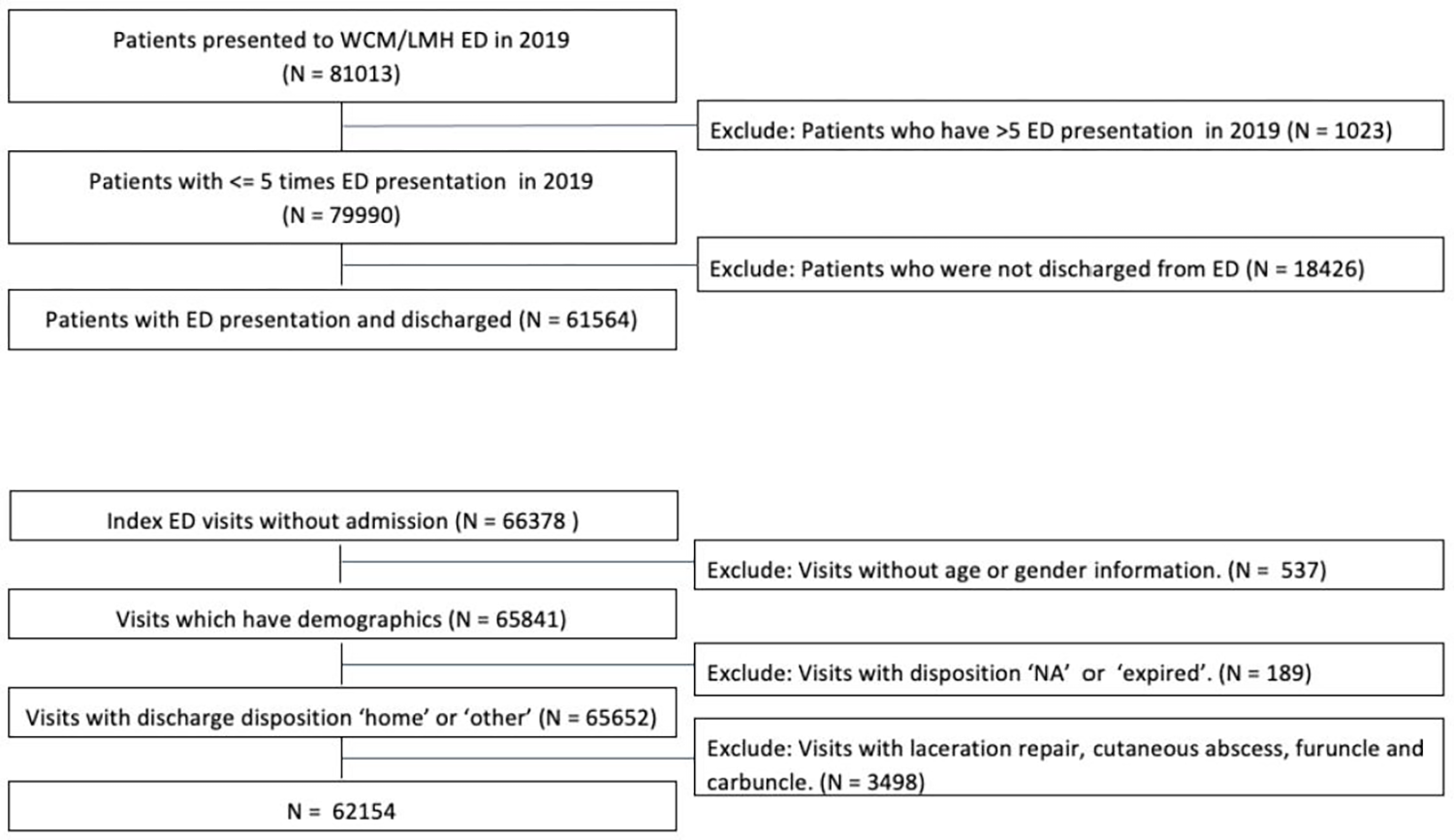Zhang, Y.; Huang, Y.; Rosen, A.; Jiang, L.G.; McCarty, M.; RoyChoudhury, A.; Han, J.H.; Wright, A.; Ancker, J.S.; Steel, P.A.D. “Aspiring to clinical significance: Insights from developing and evaluating a machine learning model to predict emergency department return visit admissions.” PLOS Digital Health, Volume 3, Issue 9, September 2024, Article e0000606, DOI: 10.1371/journal.pdig.0000606.
This study developed and validated a machine learning model to predict 72-hour return visit admissions (RVA) to the hospital after an emergency department (ED) discharge. Using data from over 135,000 patients across three urban EDs, researchers tested various algorithms, including advanced methods like DICE and XGBoost, comparing them to an existing clinical risk score. The best model combined DICE and logistic regression, achieving strong predictive accuracy (AUC 0.87 in development data and 0.75 in validation data).
Clinicians reviewed cases identified by the model to understand its strengths and weaknesses. While the model performed well overall, its accuracy varied by diagnosis and some patient groups, limiting immediate clinical usefulness. Insights from this study suggest ways to refine predictions and improve the model’s practical application in enhancing care quality and preventing adverse outcomes.

Fig 1. Inclusion Criteria (Development Site). WCM: Weill Cornell Medicine. LMH: Lower Manhattan Hospital.